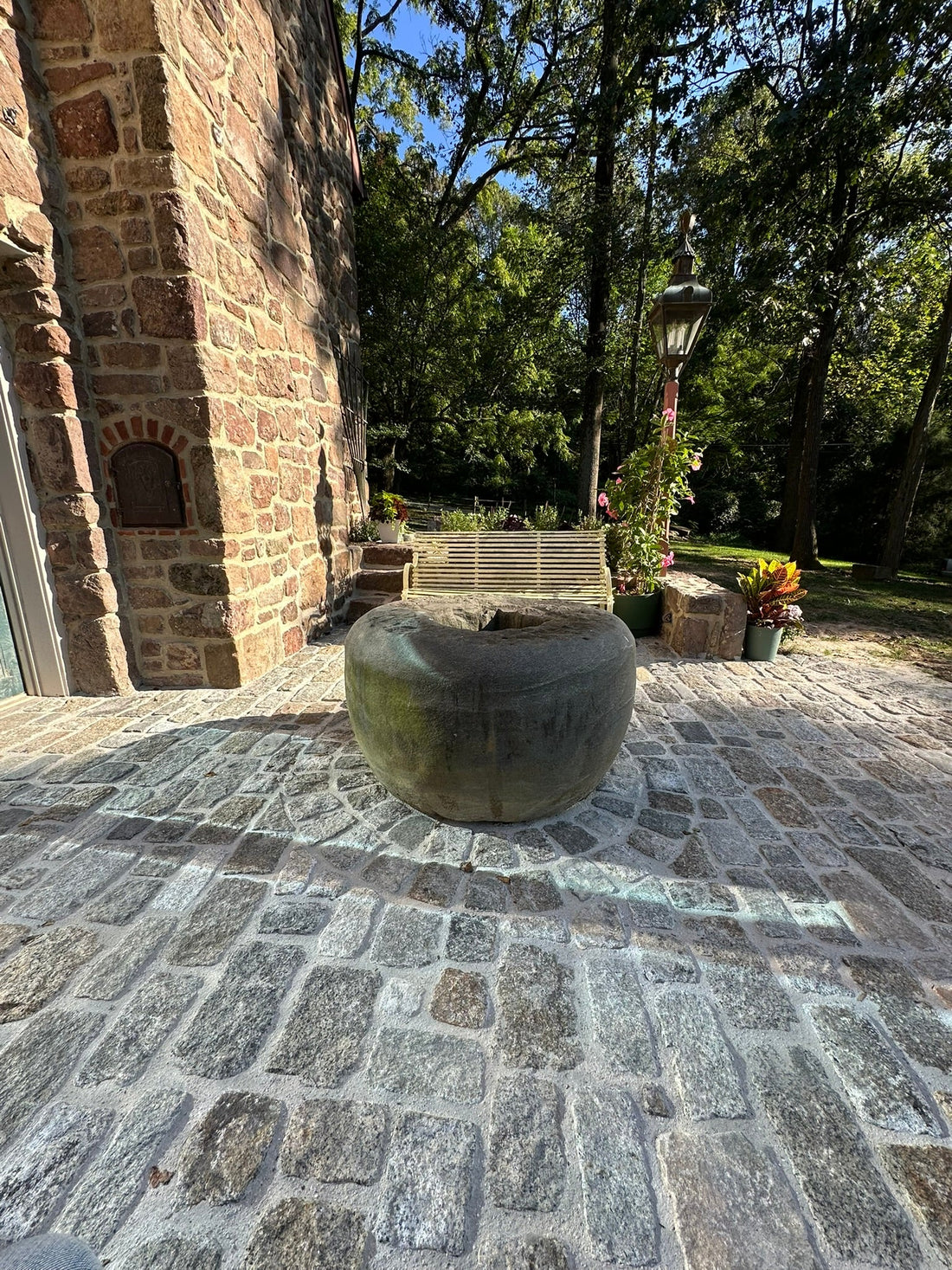The Timeless Appeal of Cobblestone
Cobblestone streets evoke images of historical towns, charming European villages, and a sense of enduring craftsmanship. Their distinctive look and tactile feel have made them a sought-after material for everything from quaint walkways to grand public squares. But have you ever stopped to wonder, amidst the gentle click-clack of heels on these ancient paths, what is cobblestone made of? The answer, surprisingly, is both simple and multifaceted, rooted deeply in the very earth itself.
The Earth's Bounty: Natural Stone
At its core, cobblestone is not a manufactured product but a gift from nature. It is, fundamentally, natural stone. Specifically, cobblestones are rounded stones, typically of granite, basalt, or sometimes sandstone, that have been smoothed over millennia by the erosive forces of rivers, glaciers, or the sea. These stones were often collected from riverbeds or shorelines, their natural shape and smoothness making them ideal for paving without extensive cutting or shaping.
From Riverbeds to Roadways: The Selection Process
The process of creating a cobblestone street begins long before the first stone is laid. It starts with the careful selection of suitable stones. The ideal cobblestones are:
- Rounded: Their naturally worn, rounded shape is the defining characteristic. This smoothness also contributes to their durability and resistance to chipping.
- Hard and Durable: Materials like granite and basalt are chosen for their exceptional hardness and resistance to wear and tear. This ensures longevity, allowing them to withstand heavy foot traffic and the elements for centuries.
- Uniform in Size (relatively): While not perfectly uniform, the stones collected were generally of a size that could be practically laid and interlocked to form a stable surface.
Historically, these stones were laboriously gathered by hand. The effort involved in collecting enough suitable stones was significant, highlighting the value and labor that went into these early paved surfaces.
The Art of Laying Cobblestone
Once selected, the cobblestones were laid by skilled artisans. The process was intricate and depended on the intended use and the available materials for the sub-base. Typically, a foundation of larger stones or gravel would be laid first. Then, the cobblestones would be carefully set into this base, often using sand or smaller aggregate to fill the gaps between them. This interlocking pattern, combined with the rounded shape of the stones, created a surprisingly stable and permeable surface. The gaps also allowed for water drainage, a crucial feature in preventing erosion and the formation of ice in colder climates.
Modern Interpretations: Permeable Paving and Beyond
While traditional cobblestone streets are made from naturally rounded river stones, the term

